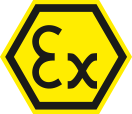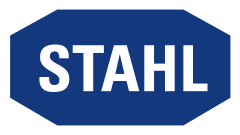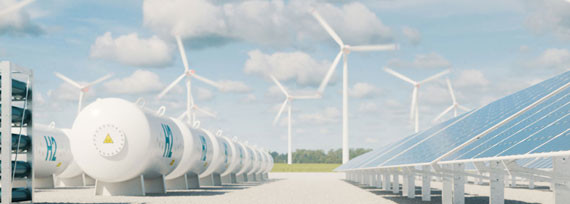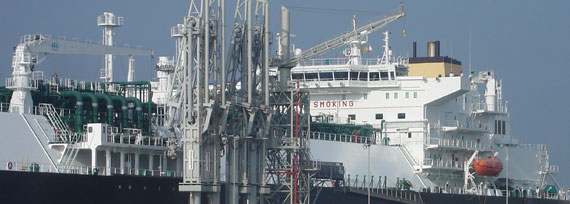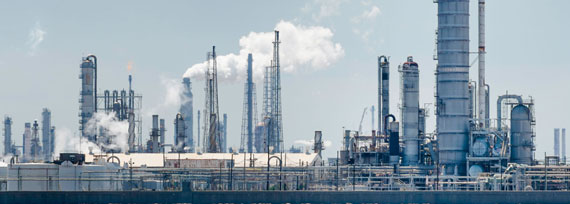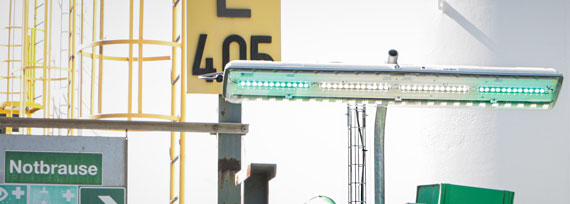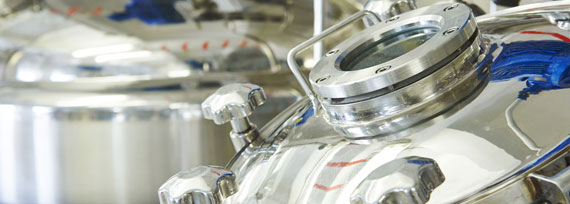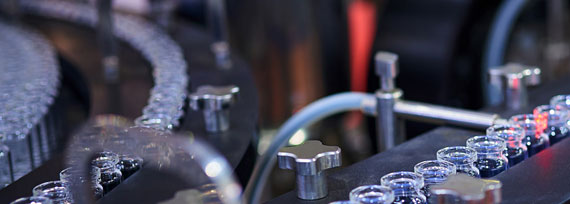A MICROPHONE THAT MAKES LIFE SAFER
As of 1st January 2021, new safety regulations for emergency call systems in lifts came into force across Europe in the form of the EN 81/28 standard, which also applies to hazardous areas. Up to this point, passenger lifts and goods lifts had to be equipped with a two-way communication system in order to guarantee a telephone connection to an emergency call centre that is available 24/7.
So what does this mean specifically for lift system operators? How can lift emergency call systems be used or retrofitted, even in hazardous areas? The explosion protection experts at R. STAHL and NetCom, market-leading manufacturers and system integrators in the control centre and safety management systems sector are working to find answers to these questions.
Their aim has been to develop an explosion-protected, IP-based lift emergency call system that is ATEX type-approved and suitable for use in hazardous areas in Zones 1/21 and 2/22. The answer? A special solution. On their search for the best partner, NetCom turned to R. STAHL, who offer extensive experience and expertise in the hazardous areas sector. As a result, NetCom's in-house transmission device was combined with tried-and-tested components from R. STAHL.
One challenge was the microphone in the system, which enables a direct voice connection to a permanently manned control centre. Here is where the success story of the collaboration between NetCom and R. STAHL begins.
The result: Together, the two companies developed the new NetCom LIFT IPex lift emergency call system, which features a special intrinsically safe microphone for optimum safety in hazardous areas.
BE HEARD – BE SAFE!
Industrial areas often involve poor air conditions, extreme temperatures and high noise levels due to plants and machine systems. An emergency call transmission must therefore guarantee that the caller can be heard, no matter what kind of critical environment they are in. A top-quality functioning microphone is therefore critical in this environment in order to guarantee a good voice connection to the emergency call centre. Nothing is more distressing or alarming for people in danger than being able to reach the control centre but unable to be heard.
The collaboration between NetCom and R. STAHL set this goal from the start – the result is an Ex i microphone from R. STAHL that is suitable for use in Zone 1, 2, 21 and 22 as a simple apparatus with a compact design. It records sound in optimum quality and is operated intrinsically safely using a safety barrier. The safety barrier is positioned in an Ex d enclosure, which itself is installed in an Ex e enclosure. The emergency call button is also located here.

NEXT-GENERATION TRANSMISSION, EVEN IN HAZARDOUS AREAS
As a transmission device specialist, NetCom offers a variety of transmission channels – Ethernet, mobile communication (LTE/LTE-M/5G), standard fixed connection (SHDSL), ADSL/VDSL and fibre optics (FO) can all be combined and tailored to meet customers' individual needs. Single- or dual-path solutions can also be modelled in a number of versions with different transmission channels.
For industrial businesses, this means that existing systems can be modernised without extensive construction measures – for instance, an existing copper network can be converted to use digital transmission technology. This offers incredible potential time and cost savings. At the same time, industrial businesses benefit from scaling effects, since even new systems can be integrated into the NetCom system.
The basics of NetCom LIFT IPex form the Next Generation Network (NGN) IP transmission equipment for hazardous areas. The system is thereby switched in accordance with DIN EN 50136 to a NetCom alarm receiving station certified as per DIN EN 50518. The VDS SecurIP protocol is used, which guarantees information security (encryption).
IP TECHNOLOGY – A SIGNIFICANT SAFETY BENEFIT
The IP technology in use performs a key function in the system: Faults in existing analogue lift emergency call systems are often first indicated by the absence of a routine callback from the lift car to the control centre that occurs every 72 hours, after which measures are introduced. This frequently results in life-threatening situations for the people trapped in the lift car.
Thanks to IP technology, the left emergency call systems are permanently monitored and any failures are immediately detected. The alarm receiving station immediately receives the messages and can initiate troubleshooting measures straight away. The risk of a functional failure of the system, which may be noticed too late by a routine three-day check, is therefore eliminated.
THE MICROPHONE AT THE HEART OF THE SOLUTION
The key to the entire result of the partners' development is the intrinsically safe microphone. The Electret microphone (verification simple apparatus) is integrated in a modified indicator from R. STAHL and is inserted there through a precisely measured drill hole. The microphone is then enclosed/sealed using a special epoxy resin. The developed microphone features Ex i intrinsically safe type of protection. It is operated intrinsically safely using a two-channel safety barrier from R. STAHL. The control panel, loudspeaker, emergency call button and pictogram display have the increased safety Ex e type of protection and are protected by an Ex t housing.
The NetCom LIFT IPex lift emergency call system is therefore approved for hazardous areas in Zones 1 and 2 EPL Gb and Zones 21 and 22 EPL Db. The overall system has been type-approved in accordance with ATEX directive 2014/34/EU and corresponds to the DIN EN 81 series of standards for lift guidelines.

CONNECTED ALL THE WAY INTO HAZARDOUS AREAS
In the safe environment of the lift machine room, the system consists of a special transmission device developed by NetCom. The explosion-protected components and equipment in the hazardous area, such as the control panel, loudspeaker unit and information pictogram display are provided by R. STAHL.
A consistent safety system all the way through into the hazardous area requires additional measures. By combining the Ex d (flameproof enclosure), Ex e (increased safety) and Ex i (intrinsic safety) types of protection, the emergency call system could be designed to be entirely explosion-protected.
THE RESULT: OPTIMUM SAFETY IN AN EMERGENCY AND BEFORE
Like R. STAHL, NetCom places great importance on outstanding reliability and safety for people and systems. When partners like this work on a project and see it through to the end, the result is always expected to be high-quality. As a result, the NetCom LIFT IPex explosion-protected lift emergency call system offers the highest possible safety standards all the way into hazardous areas.
The benefits at a glance:
- Clear communication in extremely noisy environments
- Optimum safety thanks to a permanently monitored connection to the alarm receiving station
- Immediate detection of failures and introduction of measures
- Continuous monitoring of connected communication stations and emergency call buttons
- Monitoring to detect unauthorised manipulation of the entire system
- Time and cost savings thanks to simple mounting
- Certified as per DIN EN 50136 and DIN EN 50518
- Safe encryption of information according to VDS SecurIP protocol
- Approved for hazardous areas in Zones 1 and 2 EPL Gb and Zones 21 and 22 EPL Db
- Type-approved according to ATEX directive 2014/34/EU
The IP-based lift emergency call technology also offers new options, such as:
- Immediate detection of failures thanks to permanent monitoring
- Corresponding ability to introduce preventative troubleshooting measures
- Potential provision of plant operating data to increase the availability of the lift system
Well-known industry service providers are already using the new NetCom technology alongside the R. STAHL microphone to great success – for a consistently high-quality, secure connection that saves lives.

